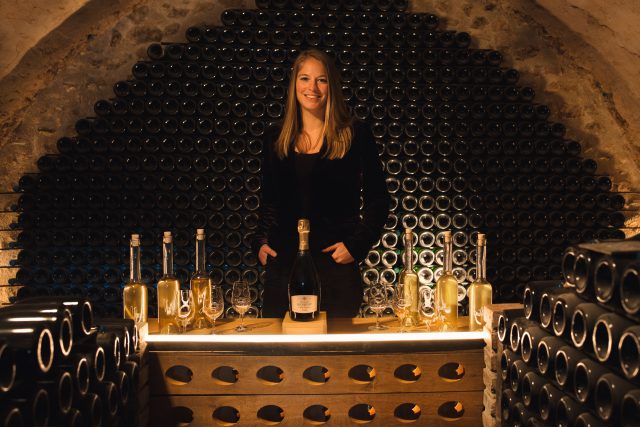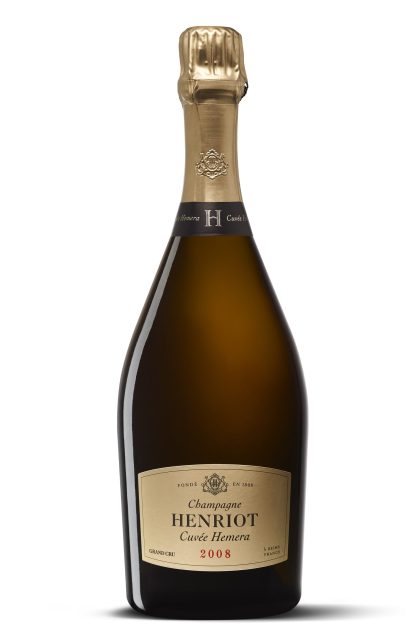This website uses cookies so that we can provide you with the best user experience possible. Cookie information is stored in your browser and performs functions such as recognising you when you return to our website and helping our team to understand which sections of the website you find most interesting and useful.
Champagne Henriot unveils Cuvée Hemera 2008
At the launch of the 2008 vintage of Henriot’s flagship cuvée, chef de cave Alice Tétienne celebrated how the Champagne’s “humility” has been transformed into “dynamism” over the last 15 years.

Born and bred in Champagne, Tétienne took over from previous cellar master Laurent Fresnet (now at Maison Mumm) in 2020. At the tasting, her first visit to London, she joked that at Henriot, cellar masters usually end up showcasing the work of their predecessor.
Though the name ‘Hemera’ is relatively new, being introduced with the 2005 vintage as a reference to the Ancient Greek goddess of daylight who “shines a light” through Champagne (and appears in a painting of Ovid’s Metamorphoses in Maison Henriot in Reims), the cuvée draws upon Henriot’s origins two centuries ago.
A blend of 50% Pinot Noir and 50% Chardonnay, the grapes for Hemera are sourced from the six founding Grand Crus of Henriot: Verzy, Verzenay and Mailly (which were planted with Pinot Noir by House founder Apolline Henriot), and Avize, Chouilly and Mesnil-sur-Oger (planted with Chardonnay, and added to Henriot’s vineyards in 1880 through Paul Henriot’s marriage to Marie Marguet).
“In the past, it was not an exact science as to the proportion of each cru in the blend…today, we’re obsessed with having an equal part of each,” Tétienne explained.

Whereas the previous two iterations of Hemera, 2005 and 2006, came from “really challenging years” with extremes of heat and cold, 2008 proved to be just right: “’08 was one of the most classic years in Champagne in recent decades…not too much sun, but enough, not too much rain, but enough.”
The end result of this Goldilocks year was, according to Tétienne, “wines that are classical, but not boring” with “massive potential and a lot of charisma”.
Henriot’s winemaking philosophy is to let the terroir express itself, and not to obscure it with subsequent alterations. “The difference between one wine and another needs to be the origin, not the winemaking process,” argued Tétienne.
“In Champagne, everything takes time,” Tétienne explained at the beginning of the tasting. After more than a decade in the cellar, the result is a wine that balances “citrus, minerality and vivacity” with maturity. But, Hemera 2008’s journey is far from over, and Tétienne expressed a desire to taste how the wine develops over the next fifty years.
As for what to pair it with when you do decide to open the bottle, Tétienne said: “With ’05 and ’06, it’s easy to imagine very spicy and strong food. When you have ’08, you can be alone with your bottle, you will be great.” She also suggested Thai food and fish tartar, though at the tasting it was paired with a black truffle arancina.
Related reading: Top 10 blanc de blancs Champagnes

